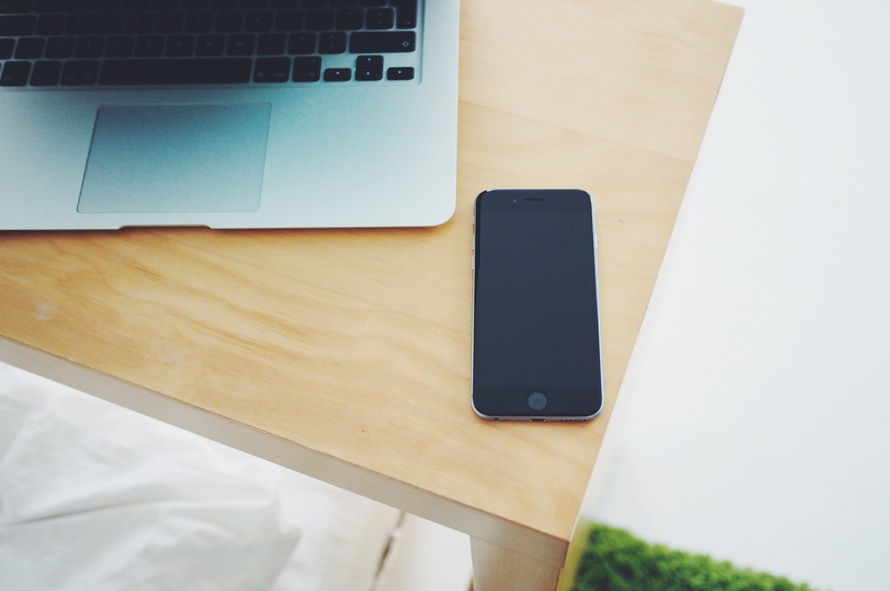There is no question that text messages are the preferred form of communication for the majority of the adult population in the US (and globally). As healthcare begins its shift toward a more consumer-centric paradigm, providers and organizations must find a secure way to meet patients where they are: on their phones.
Let’s start by looking at the facts about smartphone usage and texting:
- 90% of all adults in the US own a cell phone
- 99% of text messages are read within the first 90 seconds
- 68% of adults in the US own a smartphone
- 97% send and receive text messages
- Even adults >65 send an average of 5+ texts/day
- 80% of patients want to text with doc according to a study by FICO
- 62% of smartphone owners have used their phone in the past year to look up information about a health condition
The death of voicemail
Many organizations across industries are recognizing the inefficiencies associated with voicemail and are implementing major changes to business as usual. Employees are increasingly mobile, and the cost associated with voicemail technology and follow-through is high. Last year JP Morgan Chase & Co. decided to eliminate voicemail for its almost 140,000 consumer-bank employees. At $10/line plus the employee time associated with managing voicemails will save the company an estimated $2 billion in annual expenses.
In contrast to text messages, which are often read within 90 seconds of receipt, people dislike phone calls and neglect their voicemail 80% of the time. Texting is more personal, it’s not as interrupting, and it gives the receiver control over how long a conversation takes.
In practices that have implemented OhMD, we see an average of a 30% reduction in overhead costs associated with call volume. Patients love texting their practice. In fact, our studies show that 97% of patients using OhMD prefer it to calling the practice.



